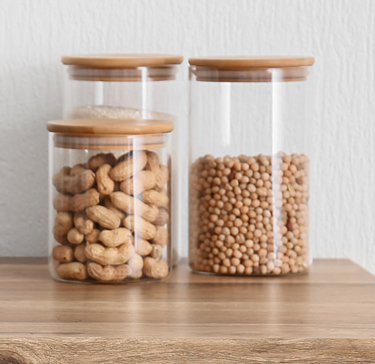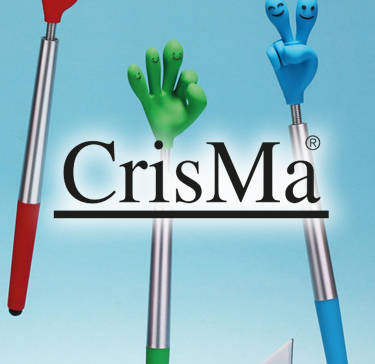Information
Pad printing
Pad printing is a printing process that can transfer a 2-D image onto a 3-D object. This is accomplished using an indirect offset printing process that involves an image being transferred from the printing plate (clichÈ) via a silicone pad onto a substrate (surface to be printed). Pad printing is used for printing on otherwise unprintable products in many industries. Up to 5 colours including white, exceptions possible.

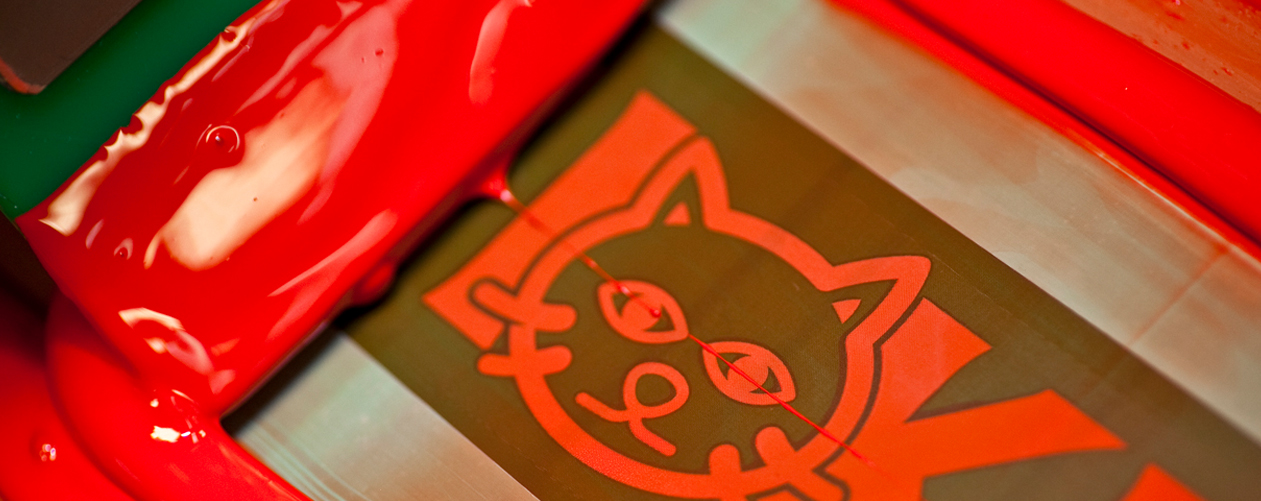
Screen printing
Screen printing is a printing technique that uses a woven mesh to support an ink-blocking stencil. The attached stencil forms open areas of mesh that transfer ink as a sharp-edged image onto a substrate. A roller or squeegee is moved across the screen stencil, forcing or pumping ink past the threads of the woven mesh in the open areas. Up to 5 colours (depending on item), exceptions possible.
Digital transfer
Digital transfer is a production method of applying an image (on paper) to a surface by using heat pressure onto the material. The membrane cushion makes sure that the pressure spreads evenly over the whole material. It is most commonly used for decorations on polyester, pvc, cotton and similar materials. With the digital print methos a four colour process (CMYK) is used, so that you can create any possible colour.
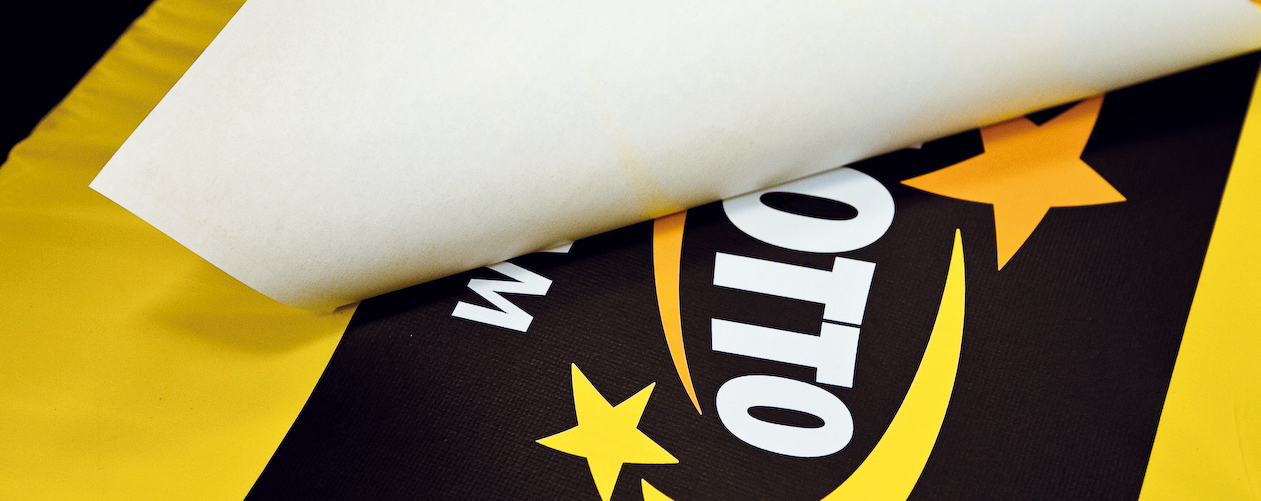

Ceramic Transfer
Ceramic Transfer - is printed via screen print on a paper (colour by colour) - then wet sticked on the ceramic material (nearly all positions are possible) - then is runs through an oven - to connect the print with the ceramic surface.
Laser engraving
Laser engraving is the practice of using lasers to engrave an object. The technique is very complex, a computer drives the laser head through a very fast movable mirror. The following products can be lasered: metal, lacquer finished products, glass, wood, leather and some kinds of plastic. The laser takes away only the upper surface, whatever is below will appear. Colour depending on the material underneath. The laser takes just the surface away.


Doming
Doming is done by a printed label (any shape) covered with a sticky fluid. The fluid is getting hard after a while - the back of the label is sticked into a form - like on a key chain. The Epoxy Doming is looking a little bit like 3D Logo.
Sublimation printing
First, a special film is printed with suitable dyes (laterally reversed.) Then this is transferred to the suitable material using a heat press with temperatures up to 230°C. It is essential that the dyes sublime in a range from 170 to 230°C at an acceptable rate to diffuse into the fiber and adhere well. Disperse dyes that are insoluble in water are used (e.g. azo and anthraquinone dyes.)
The main advantages of sublimation printing are that different materials can be printed in photo quality, its comparatively low costs, and better environmental compatibility.
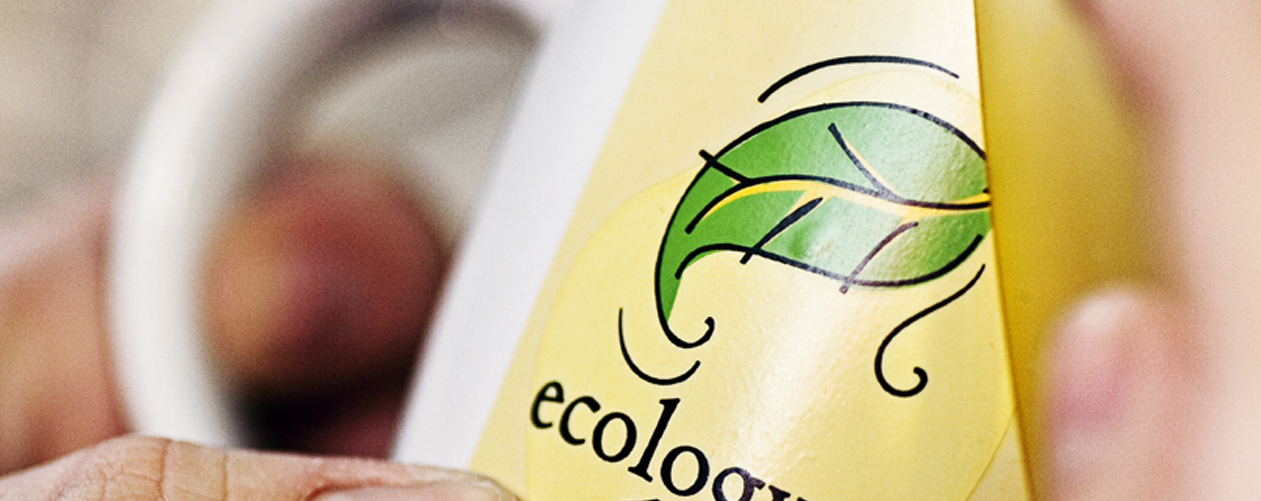

Label printing
Label printing is the reproduction of digital images on a label. It is generally used for products which are too difficult to print or when the final customer doesn‘t like to get his present printed. Thus a four colour process (CMYK) is used, so that you can create any possible colour.
Embroidery
Embroidery is to use a specially designed embroidery or sewing-embroidery machine to automatically create a design from a pre-made pattern that is put into the machine. Most embroidery machines are driven by computers that read digitized embroidery files created by special software. Price is already up to 12 colours, but depending on the quantity of stitches


Screen printing transfer
The only difference from direct screen printing, is that the print is mirror-inverted on a special transfer film instead of directly on the textile.
After printing, it is granulated with a melting powder and dried. After drying, the transfer film can be stored and, if required, applied to the textiles using a textile press.
In this process, the melting granulate, pressure, and heat turn the ink back into a liquid aggregate state, press it into the fibres and when it cools, the ink solidifies again and adheres to the textile, as in direct screen printing.
Screen printing transfer can be applied to all materials that resist the specific temperature of the process.
Hot stamping
Hot stamping is the deformation of a material surface with the aid of pressure, temperature and time. This print finishing takes place partially or flat and is also referred to as embossing foil printing.


Digital printing
Digital printing is a printing process in which the print image is transferred directly from a file or a data stream from a computer to the printing machine without using a static printing form. With digital printing, images can be printed realistically on the item, individual items (unique items) are also possible.

Digitaldruck
Digitaldruck ist ein Druckverfahren, bei dem das Druckbild direkt aus einer Datei oder einem Datenstrom von einem Computer in die Druckmaschine übertragen wird, ohne dass eine statische Druckform benutzt wird.
Mit dem Digitaldruck können Bilder realistisch auf den Artikel gedruckt werden, es sind auch Einzelstücke (Unikate) möglich.






